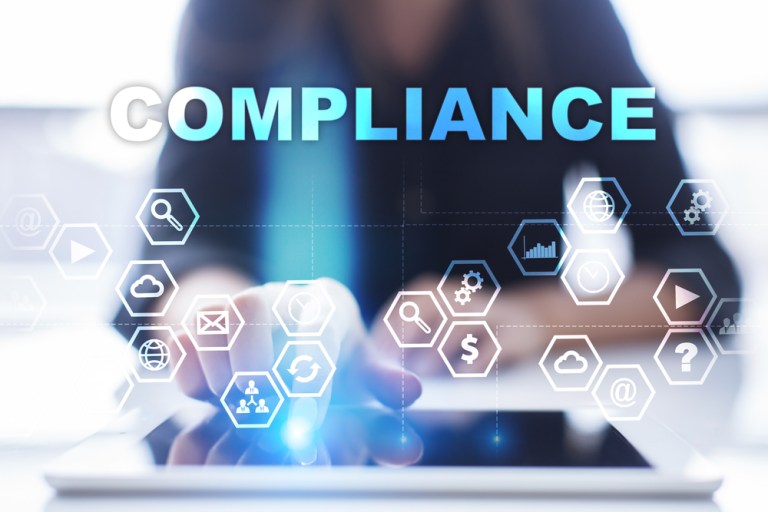
New rules may loom for technology providers pertaining to privacy — on a national level. As reported last week by the Information Technology Industry Council (ITI), the trade group — which counts Google and Microsoft among its members — wants to see a quickening in the pace of privacy rules that would supersede such mandates at the state levels.
The push comes in the wake of California passing legislation that allows consumers to demand that companies disclose how and why they are collecting data. Companies also have new rules in place that govern how data is shared for children aged 16 and below. ITI is looking for legislation at the federal level.
In another nod toward privacy, Microsoft wants to see government regulation of facial recognition technology. That would include rules touching on how and when the tech could be used.
Facial Recognition’s Need for Legislation?
Microsoft President Brad Smith remarked,“We believe Congress should create a bipartisan expert commission to assess the best way to regulate the use of facial recognition technology in the United States. … The purpose of such a commission should include advice to Congress on what types of new laws and regulations are needed, as well as stronger practices to ensure proper congressional oversight of this technology across the executive branch.”
In the recent past, fellow tech giant Amazon received requests from lawmakers in Congress about how its own efforts with facial recognition technology are being used.
Looking beyond the U.S., the European Banking Authority (EBA) cited failings that are “systemic” in nature in Malta. The country has been remiss in reporting “serious” breaches, as reported by the EBA. In one example, the owner of Pilatus Bank, and its former chairman, have been charged with evading sanctions against Iran, using Venezuelan businesses as a conduit to send $115 million to Iranian firms. Malta’s own financial watchdogs had failed to make sure the bank had followed proper procedures geared toward money laundering.
Bankers Should Mull Risks of Junk
In the banking sector at large, lenders are lending and shadow banks might be, too. However, some observers are looking at junk bond issuance as a signal of heightened risk. Think of it as a race to the bottom, they stated. The junk market, so to speak, is worth as much as $2.3 trillion. Restrictions are being pulled back, so leverage is rising.
Bloomberg reported that the top 10 regulated banks in the U.S. accounted for 54 percent of leveraged loans thus far in 2018, which is down from 70 percent five years ago. The business has been lucrative to these lenders, as they took in $6.6 billion in fees through the first half of this year. Reports have pointed to retailers as garnering a high percentage of junk ratings since the beginning of 2017, roughly 18 percent of retailers landing a CCC rating by Standard & Poor’s.
Separately, some payment methods themselves may invite greater scrutiny. For instance, The Wall Street Journal has reported that P2P payments are showing evidence that erroneous payments are tough to claw back or get reimbursed. Venmo, for example, links to bank (and other types of) accounts.